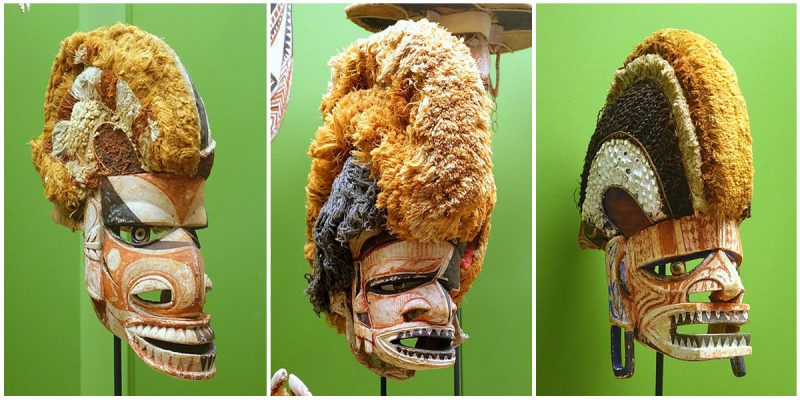The art of New Ireland traditionally centered on mortuary ceremonies and feasts to honor the dead, and some of the fascinating masks and figurative sculpture created in the South Pacific have come from the Tabar Islands of New Ireland in Papua New Guinea.
Malagan ceremonies are the most large-scale and the most popular of the many traditional cultural events that take place within the malagan culture. The term “malagan“ refers collectively to a complex series of ceremonies and the visual art forms associated with the ceremonies.
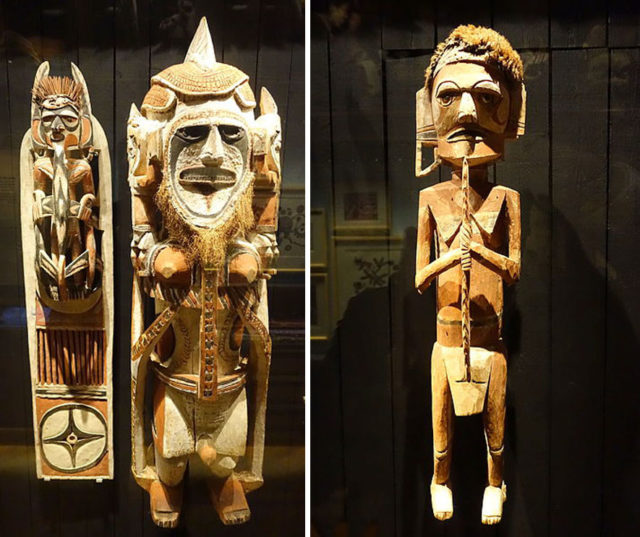
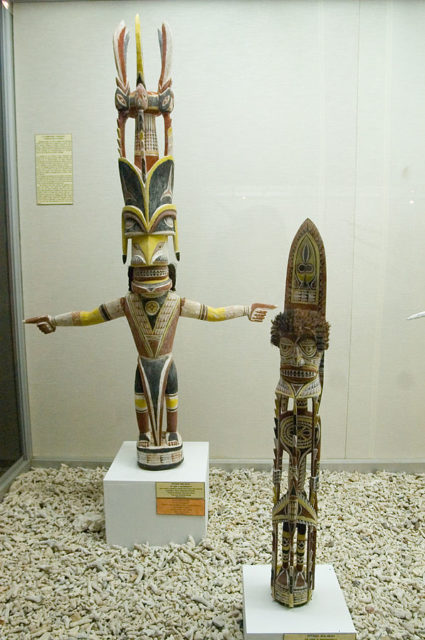
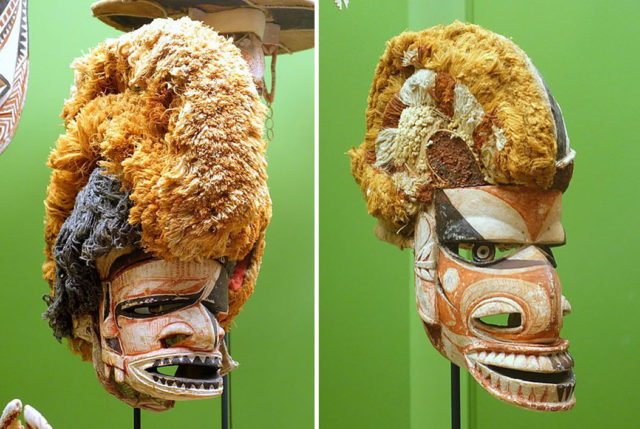
When a family decides it is time to begin the series of ceremonies to honor their dead relative, they hire artists to carve a range of masks, posts, boards, and complex sculptures that usually incorporate multiple figures. Every malagan object is a complex arrangement of symbols, brought together as a coherent whole.
The preparation for a malagan ceremony can last anywhere from a month to several years. During this time, performances are organized, and feasts are prepared. The ceremonies are carried out after a specific mourning period that follows the funeral.
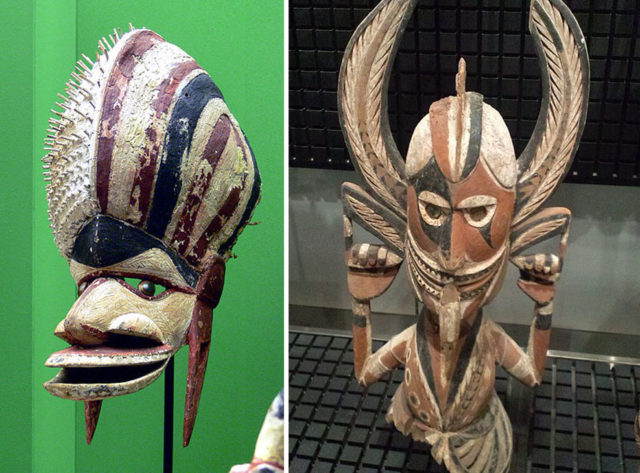
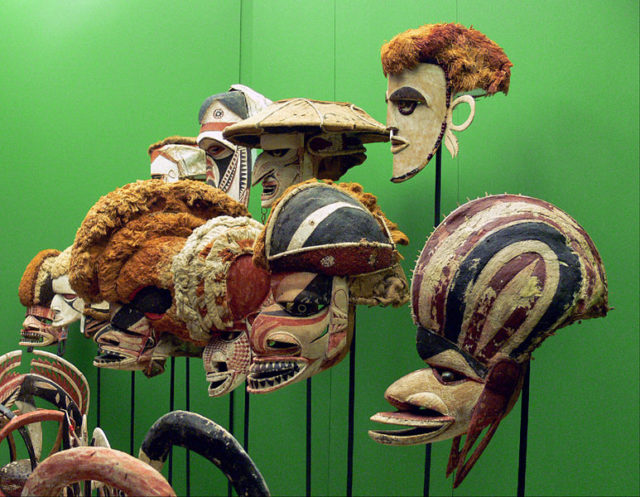
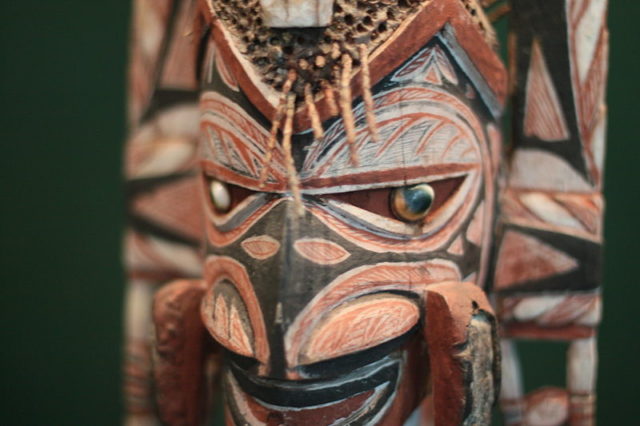
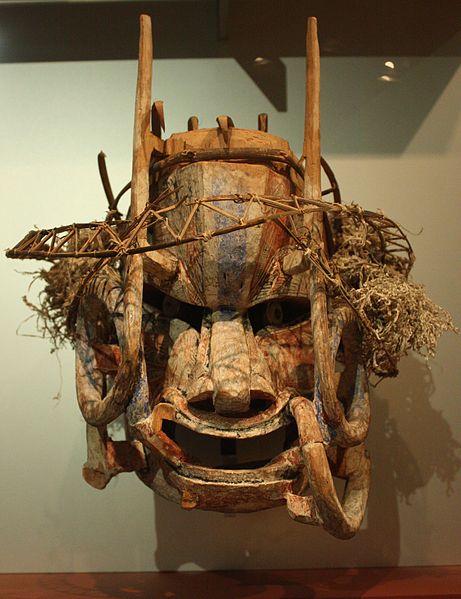
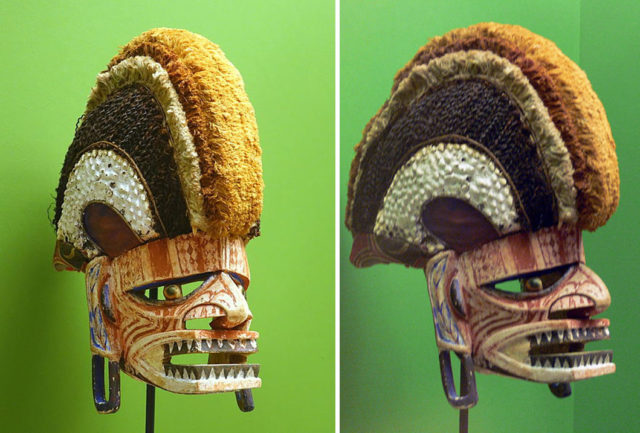

The purpose of a malagan ceremony is to send the souls of the deceased to the realm of the dead. The sculptures are not portraits of the deceased; they illustrate his or her relationships with ancestors, clan totems, and living family members. There are several groups of the Malagan carvings – vertical figures (“kobokobor”), horizontal figures (“murumarua”), stacked figures (“eikuar”) and helmet masks (“tatanua,” “miteno” and “wanis”).
The “tatanua“ mask represents the spirits of the dead who are believed to enter the mask and participate in the dances during the ceremony.Traditionally, Malangan carvings were made to be used on a single occasion and then destroyed. Only the masks and musical instruments used during malagan ceremonies are preserved for future use.
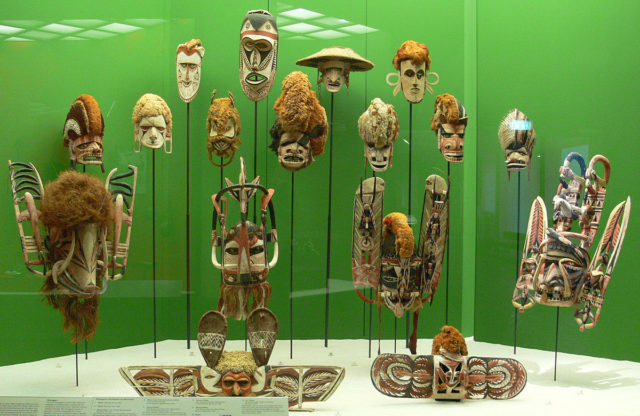
The practice was discovered by early travelers in the area and during the German colonial period.
During that time, over 15,000 pieces were acquired by collectors and sent to Europe. Many of the surviving artworks can be found today in museums and private collections throughout the West.
